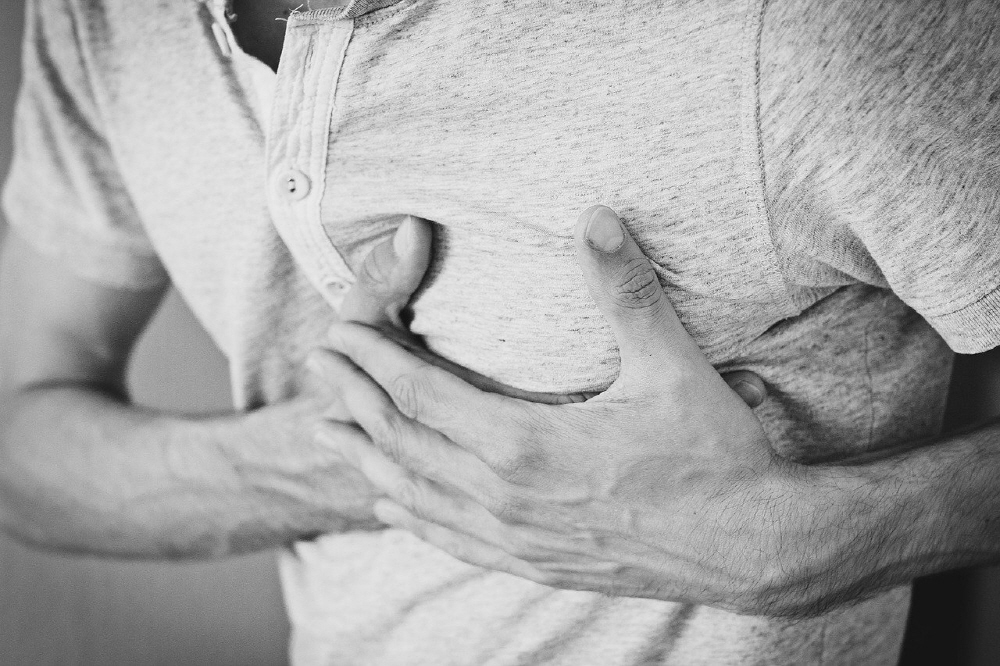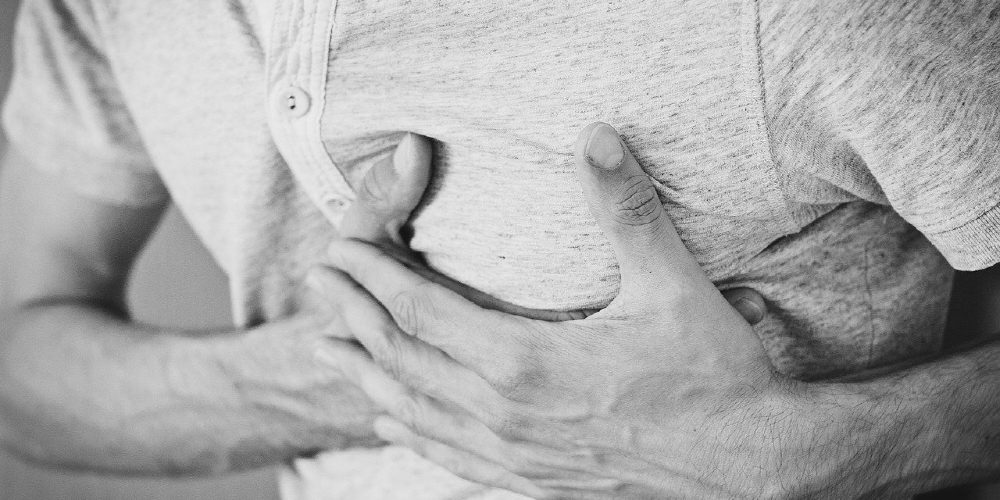
If your body is at risk or tense, your heart’s movements can run according to your heartbeat, such as speeding up your heartbeat. At the same time, however, research shows that a person’s anxiety or fear can change depending on whether the heart is contracting or expanding. An interesting study found that even the perception of pain changes depending on whether you are in the systolic or diastolic phase.
Psychologist William James and physician Carl Lange discovered that emotions were the brain’s perception of certain body changes in response to stimuli only in the late 19th century. They explained that feelings such as anger and anxiety are increased by rapid beating or shallow breathing, and through follow-up studies, they found many examples of the interaction between emotion and body.
Cardiac movements include a systolic phase, in which the heart muscle contracts to expel blood, and a diastolic phase in which blood is inserted loosely. Since around 1930, it has been known that systolic relieves pain, but recent studies have confirmed that during systole, a heart pressure sensor sends signals to the brain. The brain always integrates and balances external and internal signals, but it cannot pay attention to all stimuli at the same time.
According to a study published in June, it is easy for humans to detect pain in the dilatation stage of the heart, and it is difficult to detect the systolic stage even if a small amount of electrical stimulation is applied to the finger. In addition, the item with a large neural response to cardiac activity was that the sensitivity to stimulation was low. The research team says it’s interesting to see how our perceptions change in milliseconds.
In 2014, a study found that treatment of fear and obsessive-compulsive stimuli was not inhibited even during systole. Heart contractile activity stimulates the amygdala, which is active when feelings such as anxiety and fear are felt. In the experiment, as a result of showing the human face to the subject, the person in the systole was accepting the scary face as a stronger emotion. However, when they showed different facial expressions, it was a result of the idea that the emotional intensity was evaluated low and the stimulation was suppressed in the systolic phase. In other words, during emotions, only anxiety and fear are not affected by the suppressive effects of the heart.
In addition, a study published in March 2020 shows that eye activity is active during the systolic phase and that it is easy to fix the gaze on the subject during the diastolic phase. When the eyeball moves fast, we can be in a state of blindness without looking around. The researchers say that the systole is when information processing becomes sluggish and the world’s sensitivity to the world is least, and when the inner world is dominant. These findings are likely to be helpful in treating certain phobias and PTSD. Related information can be found here.


















Add comment